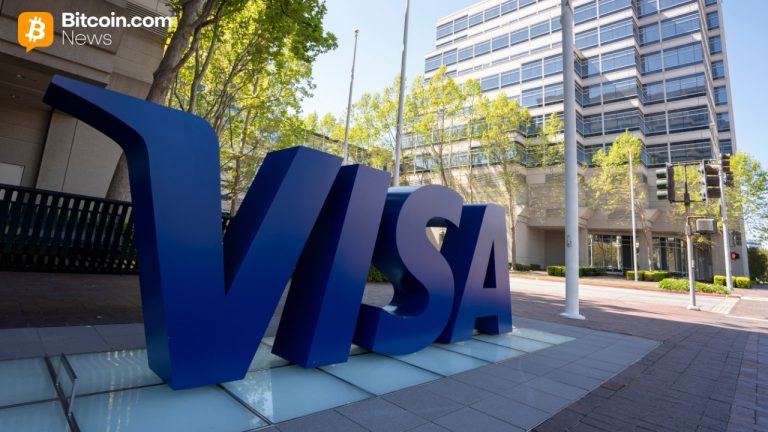Illicit cross-chain transfers expected to grow to $10B: Here’s how to prevent them
3 min read
Improved blockchain analytics will become increasingly important to combat the use of cross-chain bridges for illicit means, which are estimated to surpass $10 billion in value by 2025.
Blockchain analytics firm Elliptic forecasts a 60% rise in the value of illicit cryptocurrency laundered through cross-chain bridges from $4.1 billion in June 2022 to $6.5 billion next year. This figure is projected to double midway through the decade.
Cross-chain crime has been a major talking point in 2022 with over $2 billion fleeced in hacks targeting cross-chain bridges. Aside from these bridges and their contracts being targeted, these bridges have also become an avenue for criminals to launder cryptocurrency. A prime example is an unknown hacker moving stolen funds from the now bankrupt FTX using cross-chain bridges.
Cointelegraph unpacked the findings of research released by Elliptic in correspondence with senior cryptocurrency threat analyst Arda Akartuna.
The Elliptic analyst explained that billions of dollars in assets have been transferred between Bitcoin, Ethereum and other blockchains using bridge services such as Portal, cBridge and Synapse. Decentralized cross-chain bridges offer an unregulated alternative to exchanges for transferring value between blockchains.
Related: After FTX: Defi can go mainstream if it overcomes its flaws
While some bridges are used legitimately, Akartuna noted that the tools have emerged as a key facilitator in money laundering. ‘Chain-hopping’, or moving proceeds of crime between blockchains, has long been used to evade tracing efforts by exchanging cryptocurrency assets through decentralized or anonymous exchanges.
As blockchain surveillance, enforcement and regulatory efforts have improved, criminals have turned to cross-chains to continue laundering illicit funds:
“Decentralized cross-chain bridges provide unregulated alternatives that are being embraced by cybercriminals.”
Akartuna also notes that the sanctioning of cryptocurrency mixing service Tornado Cash has seen a shift in the way criminals launder money. Decentralized exchanges, cross-chain bridges and coin swap services are becoming a new means of moving illicit funds:
“Although the use of these platforms is overwhelmingly legitimate, they facilitate cross-chain money laundering and terrorist financing due to their lack of identity checks and anti-money laundering controls.”
An example of increased use of a cross-chain avenue for illicit means is RenBridge, which Elliptic research found to have laundered around $540 million of criminal proceeds as of August 2022. Meanwhile centralized exchanges, which also facilitate cross-chain or cross-asset swaps, are less popular for illicit actors given the push for AML and identity screening/KYC solutions.
The growing prevalence of cross-chain bridge usage for illicit means highlights the need for solutions or efforts to minimize criminal usage. Akartuna suggested users conduct due diligence on the services used to hop between blockchains and tokens and be wary of platforms associated with illicit activity.
Businesses should make use of blockchain analytics tools to screen addresses and transactions and set clear risk rules for their cryptocurrency usage. Nevertheless, there are some circumstances that simply cannot be predicted or avoided, as Akartuna explained:
“The sanctions against Tornado Cash is a prime example of how legitimate wallets may be inadvertently tainted due to sudden enforcement actions, as you now have ‘pre-sanctions activity’ which doesn’t carry the same risk as post-sanctions activity.”
Existing single blockchain analytics solutions have done a lot to combat money laundering in the cryptocurrency space but fall short of capabilities to trace, screen or forensically investigate transactions across blockchains or tokens.
As the Elliptic threat analyst highlighted, once an asset ‘hops’ to a different blockchain, investigations become significantly more complex and resource intensive.
“The risk here is that a wallet can hold any number of different assets, and legacy blockchain solutions are not able to automatically trace the activities of the same entity across separate chains.”
Screening the movement of funds on separate blockchains may see some assets flagged as sanctioned while others may show no risk. In theory, this could lead to an exchange or wallet user unwittingly transacting with a sanctioned entity.
Elliptic, for example, makes use of a proprietary analytics tool with ‘holistic screening’ capabilities which merges existing blockchains into an interconnected system. This allows for visualization and screening across chains to better detect the movement of illicit funds.





